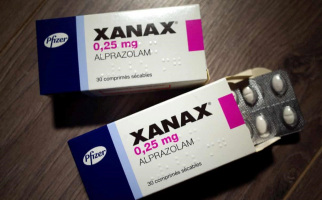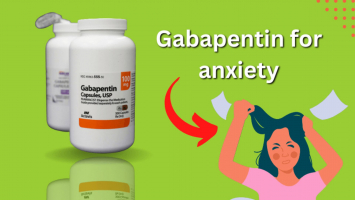Top 7 Things to Know About Clonazepam
Clonazepam is a drug that inhibits nerve activity. It is used in the control of seizures and some cases of panic attacks. To understand more about the use and ... read more...some special things to note when using the drug, please refer to the article below.
-
Clonazepam works on nerve cells to help calm abnormal electrical activity in the brain, and it can be used to treat anxiety, as an anticonvulsant, or for sedative effects.
Clonazepam's effects are thought to be due to its ability to strongly bind to the GABA-benzodiazepine receptor complex, which increases the affinity for GABA (a neurotransmitter that blocks impulses between nerve cells in the brain). Anxiety, mood disorders, seizure disorders, and pain have all been linked to low GABA levels.
Clonazepam belongs to the benzodiazepine class of medications.
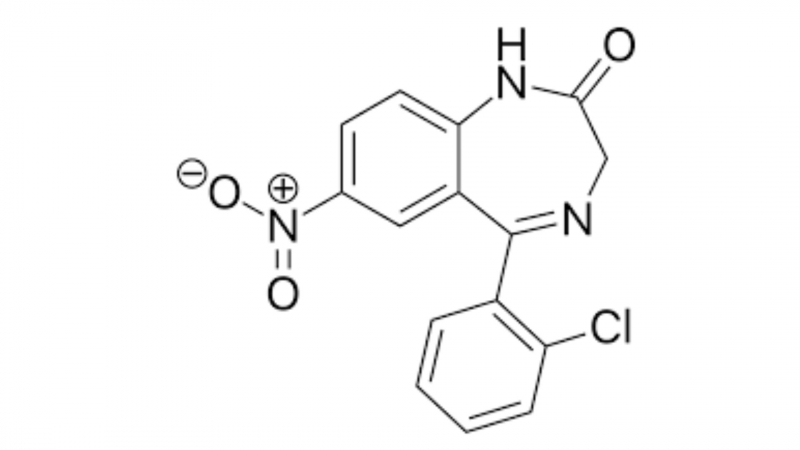
Wikipedia 
Vinmec -
Can be used to treat panic disorder and certain types of anxiety in the short term.
It may also be used to treat some seizure disorders (for example, Lennox Gastaut).
Off-label use, or prescribing for conditions that are not FDA-approved but are well established, is also possible.
Calming and sedative.
Clonazepam generic is available.
Medical Videos [ ANIMATED ] 
Ashwood Recovery -
If you are between the ages of 18 and 60, do not take any other medications, and have no other medical conditions, you are more likely to experience the following side effects:
- The most common side effects reported are drowsiness, sleepiness, or dizziness. Any of these side effects could impair reaction time, impair a person's ability to drive or operate machinery, or increase the risk of falling. These effects may be exacerbated by alcohol, which should be avoided.
- Aches and pains, palpitations, memory loss, headache, tiredness, and a variety of other side effects have been reported.
- Rarely, respiratory depression can occur (unusually slow and shallow breathing). The risk increases with higher clonazepam dosages, in people with pre-existing respiratory conditions, or when clonazepam is combined with other medications that cause respiratory depression (such as opioids).
- Clonazepam has the potential to be addictive, causing both emotional and physical dependence. The lowest possible dose should be used for the shortest amount of time. Drug users may seek out clonazepam supplies.
- Withdrawal symptoms (such as convulsions, tremors, cramps, vomiting, sweating, or insomnia) may occur if you stop suddenly; taper off slowly under the supervision of a doctor.
- Clonazepam, like other anticonvulsants, may increase the risk of suicidal thoughts or behavior, which may be noticeable as early as one week after starting treatment.
- Women should not breastfeed their children while taking clonazepam.
- Clonazepam may increase the risk of depression, conceal depression, or increase the risk of suicidal ideation. Keep an eye out for signs of mood deterioration.
- Sometimes paradoxical reactions (the opposite of what is expected) occur. Anxiety, agitation, rage, sleep disturbances, sexual disinhibition, or hallucinations are some of the symptoms.
- Other medications that cause sedation (such as alcohol, antipsychotics, antidepressants, or sedative antihistamines), clozapine, probenecid, and valproate may interact with it.
- Some people may not be able to use it, including those who have pre-existing respiratory disease (such as COPD or sleep apnea), acute narrow-angle glaucoma, a history of drug or alcohol abuse, are at high risk of falling, are pregnant or breastfeeding, or have kidney or liver disease. The elderly and the frail may be especially sensitive to the effects of clonazepam.
Seniors and children, people with certain medical conditions (such as liver or kidney problems, heart disease, diabetes, seizures), or people who take other medications are more likely to experience a broader range of side effects.
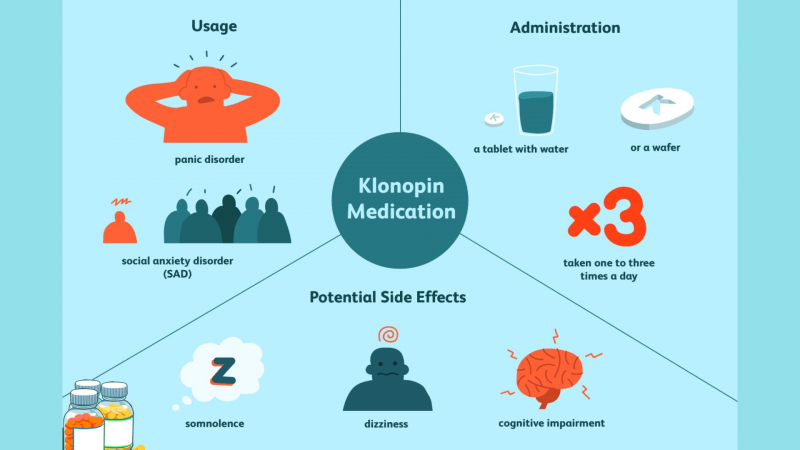
Verywell Mind 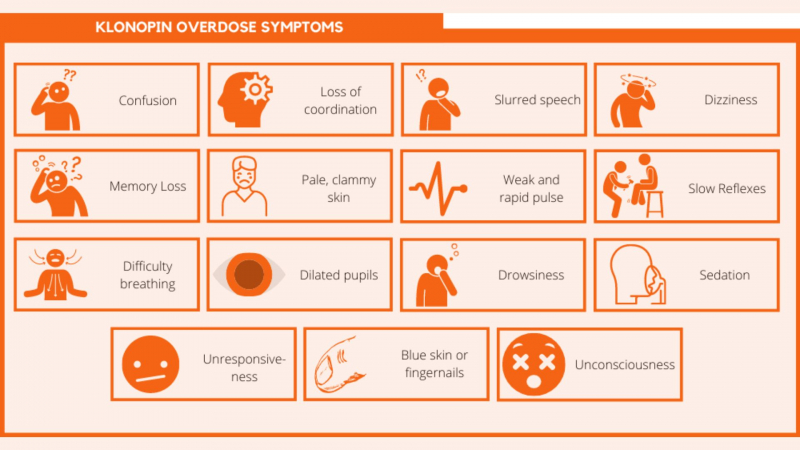
PAX Memphis -
Clonazepam may reduce seizure frequency in certain seizure disorders and can be used for panic disorder, anxiety relief, or sedation in the short term. When used for an extended period of time, it can cause dependence and withdrawal symptoms upon discontinuation.
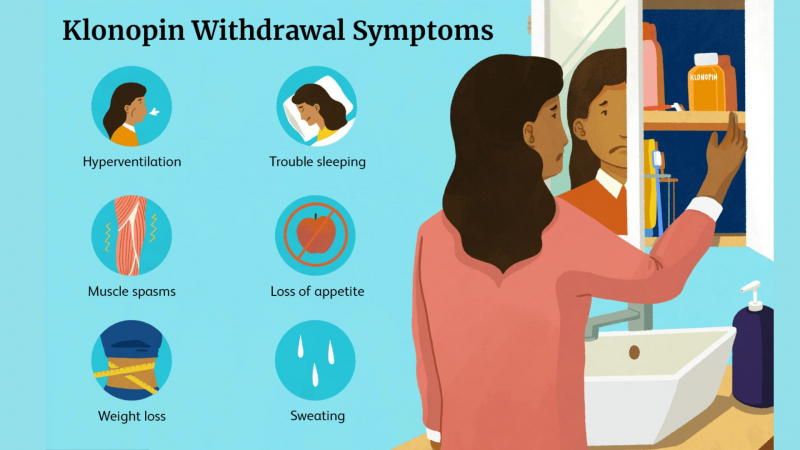
Verywell Mind 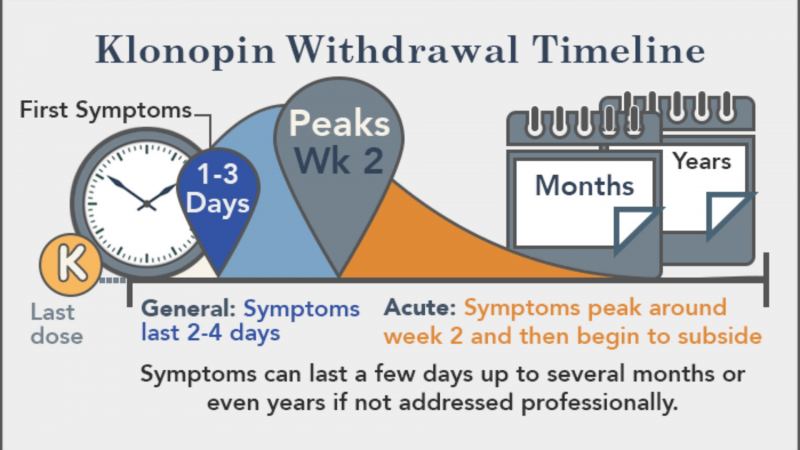
American Addiction Centers -
Follow your doctor's instructions exactly. Do not change the dosage without his or her approval. If you've been taking clonazepam for a long time, don't stop abruptly because withdrawal symptoms (blurred vision, insomnia, sweating, and, in rare cases, seizures) may occur. Your doctor will advise you on how to gradually reduce the dose. Keep potential drug seekers out of sight.
Regular-release tablets should be swallowed whole with water.
Open the pouch and peel back the foil on the blister for orally disintegrating tablets; do not push the tablet through the foil. Remove the tablet with dry hands and place it in your mouth; it will dissolve quickly in saliva.
Clonazepam can make you sleepy and impair your ability to drive or perform other complex tasks. If clonazepam has this effect on you, avoid doing these things.
Drinking alcohol while taking clonazepam may worsen the sedation and respiratory depression side effects.
Clonazepam may cause dizziness, increasing your risk of falling. When sitting or standing up after lying down, use caution.
Consult your doctor if you believe you have become dependent or addicted to clonazepam.
Do not take any other medications with clonazepam, including over-the-counter medications, without first consulting your pharmacist or doctor to ensure that they are compatible.
Consult your doctor if your mood changes or if you experience depression or a worsening of depression.
If you are allergic to clonazepam or other benzodiazepines such as alprazolam, lorazepam, or oxazepam, do not use it.
Do not begin or stop taking clonazepam during pregnancy without first consulting with your doctor.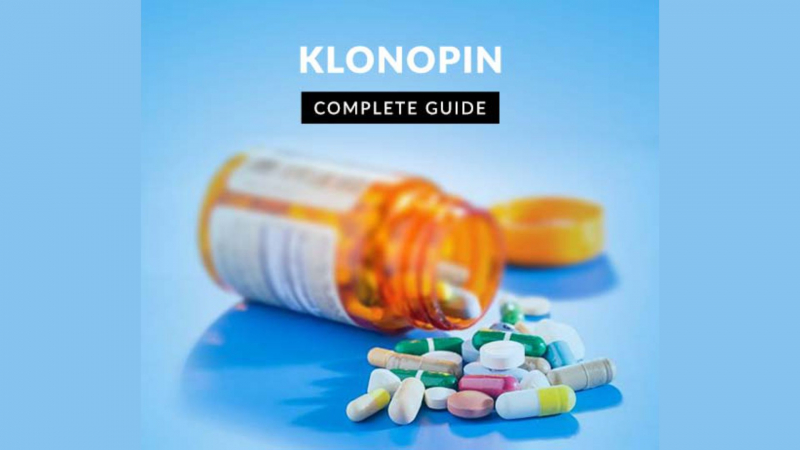
YemenSoft 
Men's Health -
Medicines that interact with clonazepam may reduce its effect, shorten its duration of action, increase side effects, or have no effect when combined. An interaction between two medications does not always necessitate the discontinuation of one of them; however, it can. Consult your doctor about how to handle drug interactions.
Clonazepam may interact with the following medications:
- anti-anxiety medications, including other benzodiazepines, such as diazepam and oxazepam
- anticonvulsants such as phenytoin
- antidepressants, such as amitriptyline, imipramine, nortriptyline
- antihistamines that cause sedation, such as diphenhydramine
- duloxetine
- monoamine oxidase inhibitors, such as selegiline, isocarboxazid, or phenelzine
- opioid analgesics such as oxycodone and morphine
- muscle relaxants such as cyclobenzaprine
- sleeping pills, such as zolpidem
- some chemotherapy treatments
- some medications used to treat mental illness, such as clozapine and thioridazine.
Clonazepam side effects such as drowsiness and dizziness may be exacerbated by alcohol.
It should be noted that this list is not exhaustive and only includes common medications that may interact with clonazepam. For a complete list of interactions with clonazepam, consult the prescribing information.
Vinmec 
Vinmec

















